At SSI, you’ll find a number of back surgery alternatives.
The term “ruptured disc” is one of those medical phrases that’s often used interchangeably with other terms, such as herniated disc, bulging disc, pinched nerve, slipped disc or disc disease. Rather than getting caught up in the words used to describe your back pain, it’s better to concentrate on the cause and treatment, which can range from simple lifestyle changes to back surgery.
Long before your spine physician at the Southeastern Spine Institute recommends back surgery to treat your ruptured disc, you will undergo a series of extensive tests and alternative treatments. The tests help your doctor make a diagnosis. An effective treatment plan requires an accurate diagnosis.
Stay in the Process
The process of diagnosing your back pain begins with a thorough physical exam. While your doctor examines you, he will ask you to explain your symptoms, when they started and how seriously you are affected. You then may undergo a series of tests that could include:
- Nerve tests that involve tapping areas of your body with a reflex hammer
- A muscle strength gauge, during which your doctor watches your nerves, looking for twitching, atrophy, or any other abnormal movements
- Pressure to determine the level and location of your pain
- Medical history review
- Diagnostic tests such as an MRI, CT scan or discogram
Once your spine physician determines the cause of your pain, he will try a host of alternatives before resorting to back surgery. Those options can include:
- Physical therapy
- Pain medications
- Injections
When Back Surgery Is Required
The best course of treatment is determined by first considering your clinical situation. Your doctor takes into account the amount of pain you’re experiencing, how much disability is occurring as a result of that pain and how long you’ve had the symptoms. A rupture or bulge usually requires immediate surgery only if it is pinching a nerve.
Where the rupture is located and the size of your spinal canal are other important factors. A very small spinal canal can lead to a pinched nerve even when the bulge is minor, whereas a sizable rupture can cause very little pain in a large spinal canal.
The goal of back surgery is to remove the part of the disc that’s pressing on your nerves. And the gold standard for that surgery is a minimally invasive procedure called a microsurgical discectomy. In the past 10 years, the procedure for back surgery has improved so much that your spine surgeon can perform the surgery with a relatively small incision and much less soft tissue damage than previous surgical treatments caused.
Even More Updated
Your spine surgeon at the Southeastern Spine Institute may rely on an even more updated surgical technique called microendoscopic surgery to perform your back surgery. The results are similar to those you’ll receive from a microdiscectomy. The back surgery is done through a tube rather than through a traditional incision.
Very often, you’ll be able to go home the same day of the back surgery. With sufficient rest and a recovery plan that includes daily walking, you should be back to your normal life in as little as a few weeks — pain-free.
